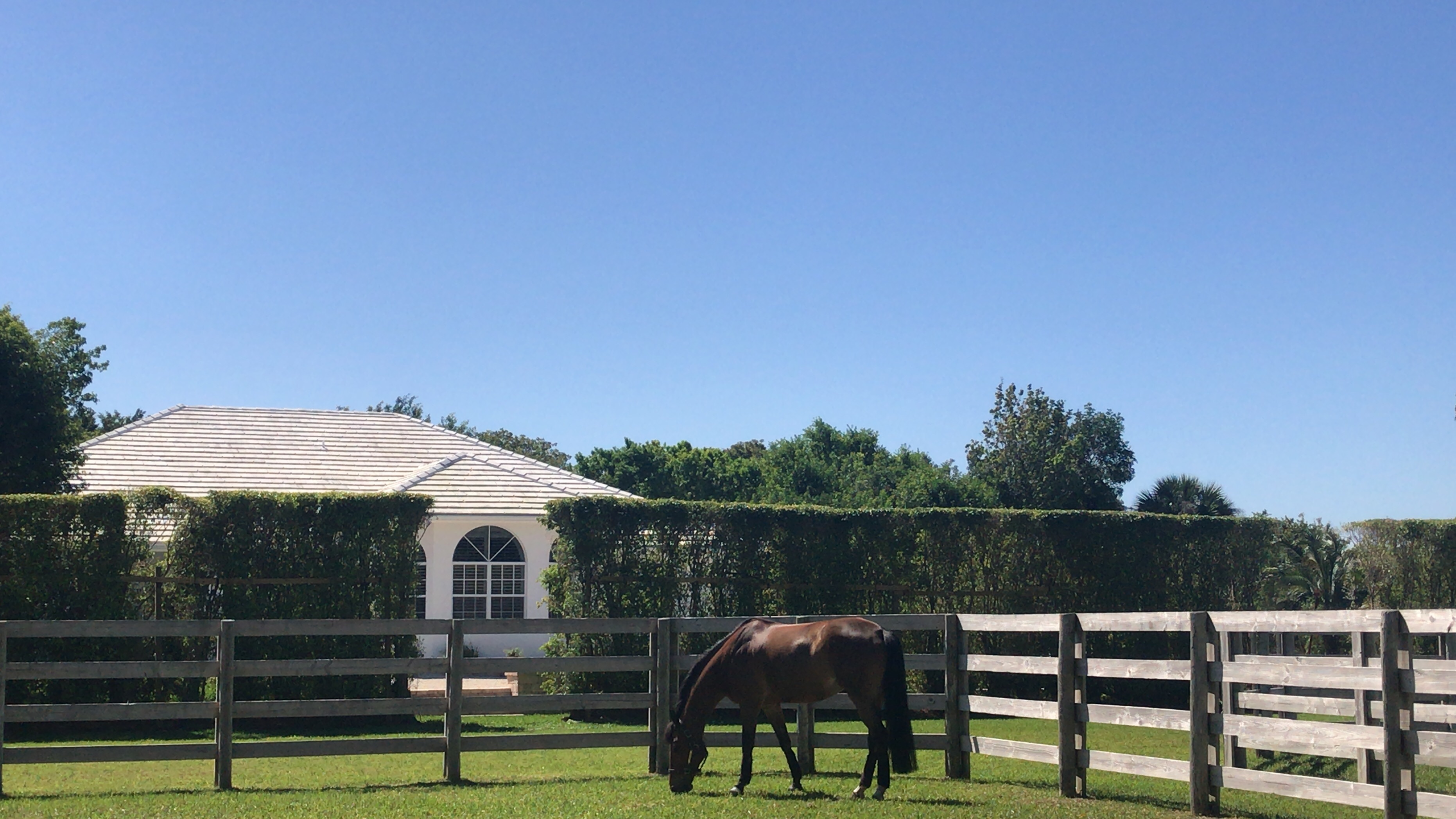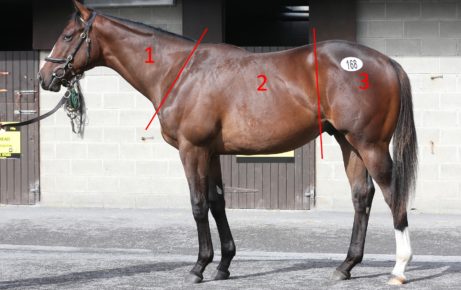Feeding the Stallion to Maximise Performance and Fertility

Written by Lorraine Fradl
Good nutrition and a well-balanced diet play a key role in maintaining a stallion in top health and condition in order to maximise performance and fertility. Fertility can be one of the traits first affected when nutrition is below the normal maintenance levels and a shortage of any nutrient can have a knock on effect on fertility. Similarly, over-feeding the stallion can result in obesity, an increased risk of reduced libido and joint problems.
Breeding stallions will typically only require an extra 25% more nutrition during the breeding season, about the same nutrition as a horse in light to moderate work. However, there are many factors that should be considered when designing a diet plan for a breeding stallion such as body condition, level of activity, temperament and fertility.
Body Condition
Body condition is an important indicator of a stallion’s nutritional status. The amount of energy (calories) an individual stallion requires during the breeding season can vary enormously. For example, stallions that are covering 3-4 times a day will obviously require considerably more calories than a stallion that is only covering a few mares a week. Similarly, if the stallion is still in full work during the breeding season, as can often be the case with sport horse stallions, this must be considered when designing a diet plan.
A stallion that either has a very low body condition score (BCS) or a very high BCS will not have the stamina, or potentially libido, needed to breed a full book of mares. A BCS of three out of five is generally accepted as ‘ideal’ for a breeding stallion. Although, stallions that tend to lose weight or that are covering large numbers of mares, may need to start the season with a slightly higher BCS, to allow for some weight loss once the season commences. For stallions that are covering more than a few mares a week and those prone to weight loss a specifically formulated stud feed, such as Connolly’s Red Mills Stud Mix or Cubes, is ideal.
On the other hand, obesity can be a major problem when it comes to a stallion’s libido, fertility and soundness during the breeding season. Stallions that are ‘good doers’ may not require large amounts of hard-feed, although it is critical that they still receive a fully balanced diet. In these situations, a balancer such as Connolly’s Red Mills GroCare is ideal. This will provide a highly concentrated source of amino acids, vitamins and minerals. However, as Connolly’s Red Mills GroCare has been specifically formulated to be fed at a much lower rate compared to a traditional stud feed it will not over-supply calories.
Temperament
The stallion’s diet may also need to be modified according to his temperament. Some stallions will get quiet highly strung during the breeding season and will run or walk their paddock or box, whilst others will quietly graze and relax. Most stallions will thrive on the traditional grain-based feeds such as Connolly’s Red Mills Stud Mix or Cubes. However, stallions that tend to be overly excitable or easily stressed will benefit from a high fibre, high oil and low starch feed such as Connolly’s Red Mills Horse Care Cubes. Horse Care Cubes are also ideal for stallions that are prone to gastric ulcers, which can often manifest themselves as increased aggression, the development of stereotypies or even self-mutilation. Horse Care Cubes contain a natural long-lasting gastric buffer, yeast and the prebiotics FOS and MOS to help support digestive health.
Fertility
For a stallion to be considered successful, they must have a good success rate of getting mares in foal. Despite the importance of fertility, very little research has been done on the effect of diet on semen quality. However, there have been a few studies that do suggest certain nutrients may be of particular importance to a stallion’s fertility:
Omega 3 Fatty Acids
Research has highlighted that omega 3 fatty acids may be beneficial for breeding stallions. Sperm have a relatively high lipid (fat) content and changes in lipid composition of the diet may have implications for sperm physiology. In a recent study, researchers found that providing supplementary omega 3 fatty acids to stallions with poor fertility increased the volume of sperm in the ejaculate and the number of good quality sperm in post-thaw semen. Omega 3 fatty acids act as a natural anti-inflammatory and are also well known for supporting the immune system. The precursors to omega 3 fatty acids are naturally found in grass, however, because of their busy schedule, many stallions only have limited access to pasture. Therefore providing additional omega 3 fatty acid may be beneficial. This can be easily achieved by top-dressing the feed with Foran’s Kentucky Karron Oil, a high quality emulsified flaxseed oil containing high levels of omega 3.
Anti-oxidants
Studies comparing stallions with and without dietary anti-oxidants suggests that the anti-oxidant requirements of the stallion are higher than previously thought. In addition, research in other species has shown that anti-oxidants can help to support fertility. Oxidation is an essential chemical reaction that allows the sperm to fertilise the egg. If excessive oxidation occurs, this can have a negative effect on fertility. Semen contains very little anti-oxidants and research in human fertility has found a positive effect of supplementing with Vitamin E and Selenium. All Connolly’s Red Mills stud feeds contain optimal levels of Vitamin E and Selenium. Although, for sub-fertile stallions additional supplementation may be warranted.
Joint Health
Another common concern for stallions that are frequently covering is joint health, as repeated mounting of the mare or a dummy will place extra stress on the limbs, particularly the hind-limbs. Stallions suffering from hind-limb pain will typically become reluctant to mount and may take several attempts to successfully mount, which further exacerbates the problem. Several management strategies, such as ensuring a suitable surface in the covering shed or adjusting the height of the dummy mare, can help to reduce the strain placed on the hind-limbs during covering. The addition of a specific joint supplement, particularly for busy or older stallions, may also be beneficial.
The key take-home message is that deficiencies of any nutrient in the stallion’s diet is likely to have a detrimental effect on their overall health and well-being, which can result in poor semen production and reduced sperm quality. Feeding a stallion a well-balanced diet will help to ensure that they have a successful breeding season. However, to support fertility targeted nutritional intervention, including supplementing with omega 3 fatty acids and additional anti-oxidants, may prove beneficial.
For further information on feeding stallions, contact the Connolly’s RED MILLS nutrition team

